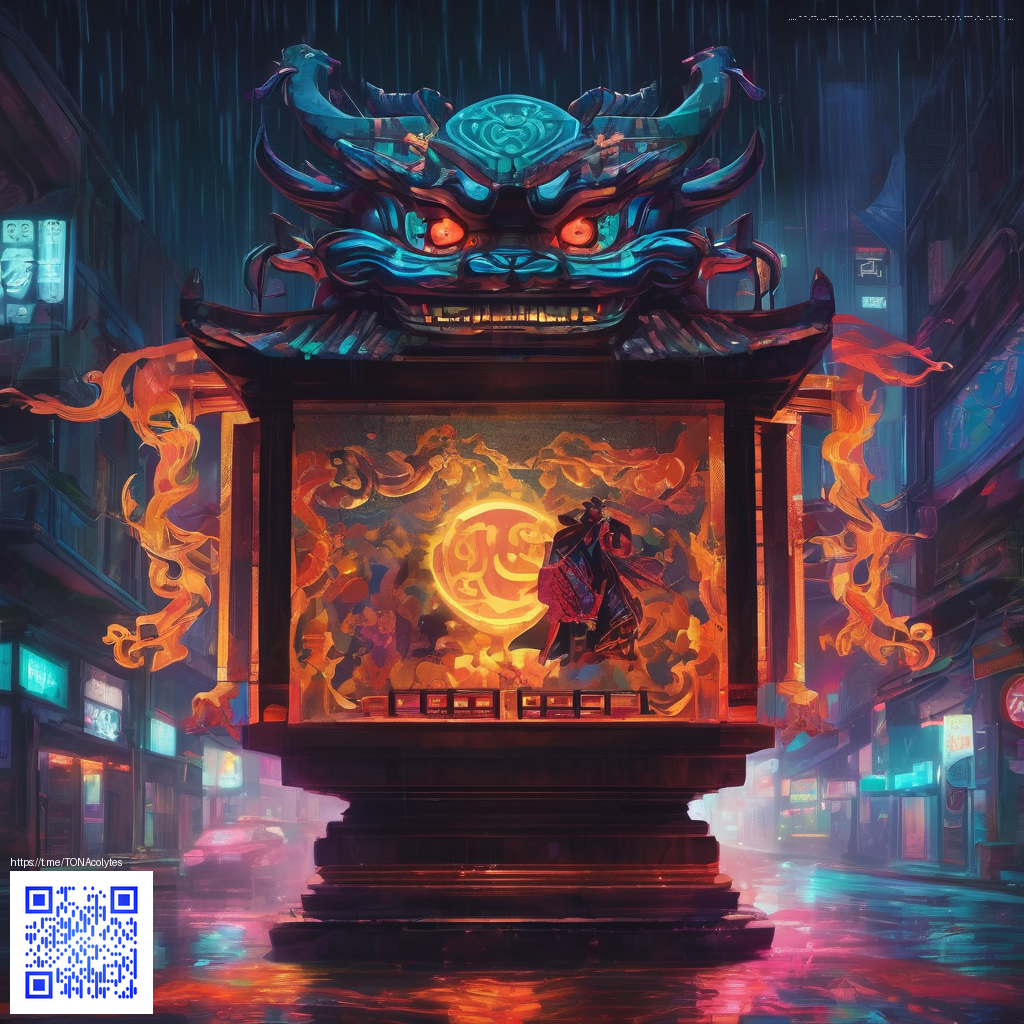
Designing flexible certificate templates for every event
In the event ecosystem, certificates live beyond a single occasion. A well-crafted editable template can power graduation ceremonies, conferences, workshops, and award nights with just a few text changes. The aim is to create a template that blends formality with flexibility: keep the layout clean, and use placeholder text for recipient names and event details so the final certificate looks intentional, not rushed.
Think in modular blocks: a header that carries the organization’s branding, a central area for the recipient’s name, another line for the event title, and a bottom strip for date and signatures. By establishing logical hierarchy and safe zones, you can ensure that the most important information remains legible across sizes and printers.
Key design principles to guide editable templates
- Legibility first: choose fonts with clear letterforms and ample leading. A bold display for the title paired with a readable sans-serif for details works well.
- Accessible contrast: maintain sufficient contrast between text and background and avoid color combinations that hinder readability for color-blind viewers.
- Consistent alignment: align recipient name centrally or left-justified with equal margins to avoid a cluttered look.
- Strategic placeholders: use clearly labeled placeholders (e.g., {NAME}, {EVENT}, {DATE}) to streamline editing for non-designers.
- Print-ready buffers: include bleed, margin, and safe-zone guidelines so the document prints consistently regardless of printer.
“A thoughtful editable template saves time, reduces mistakes, and preserves the ceremony’s gravitas.”
Workflows, formats, and practical tips
Offer both vector and raster assets so teams can scale designs without quality loss. Vector formats (AI, EPS or SVG) are ideal for headers and emblems, while PDFs with form fields enable on-page edits without requiring proprietary software. If you routinely convert certificates into multiple languages, maintain language-specific style sheets to preserve typography and spacing.
To keep a strong, cohesive brand, align the certificate with other branded materials. For example, you might explore a tactile desk accessory to reinforce your theme in the workspace. For a bold branding touch, consider this Neon Cyberpunk Desk Mouse Pad – Customizable (One-Sided, 3mm): https://shopify.digital-vault.xyz/products/neon-cyberpunk-desk-mouse-pad-customizable-one-sided-design-3mm.
If you’re hunting for curated inspiration or reference layouts, the page at https://x-landing.zero-static.xyz/f9127a0e.html offers ideas worth studying. It can help you envision how color, typography, and negative space come together in a live project.
Implementation checklist
- Define the must-have fields and order of information.
- Set up master pages or templates that preserve margins across formats.
- Prepare editable layers for names, titles, dates, and signatures.
- Provide export presets for print-ready PDFs and on-screen proofs.
- Document your style guide so future editors maintain consistency.
With these practices, teams can roll out certificates quickly for any event, while keeping the integrity of the design intact and professional.